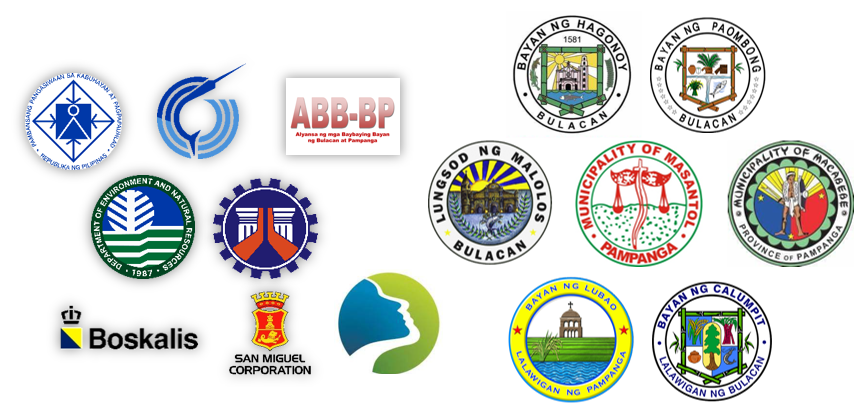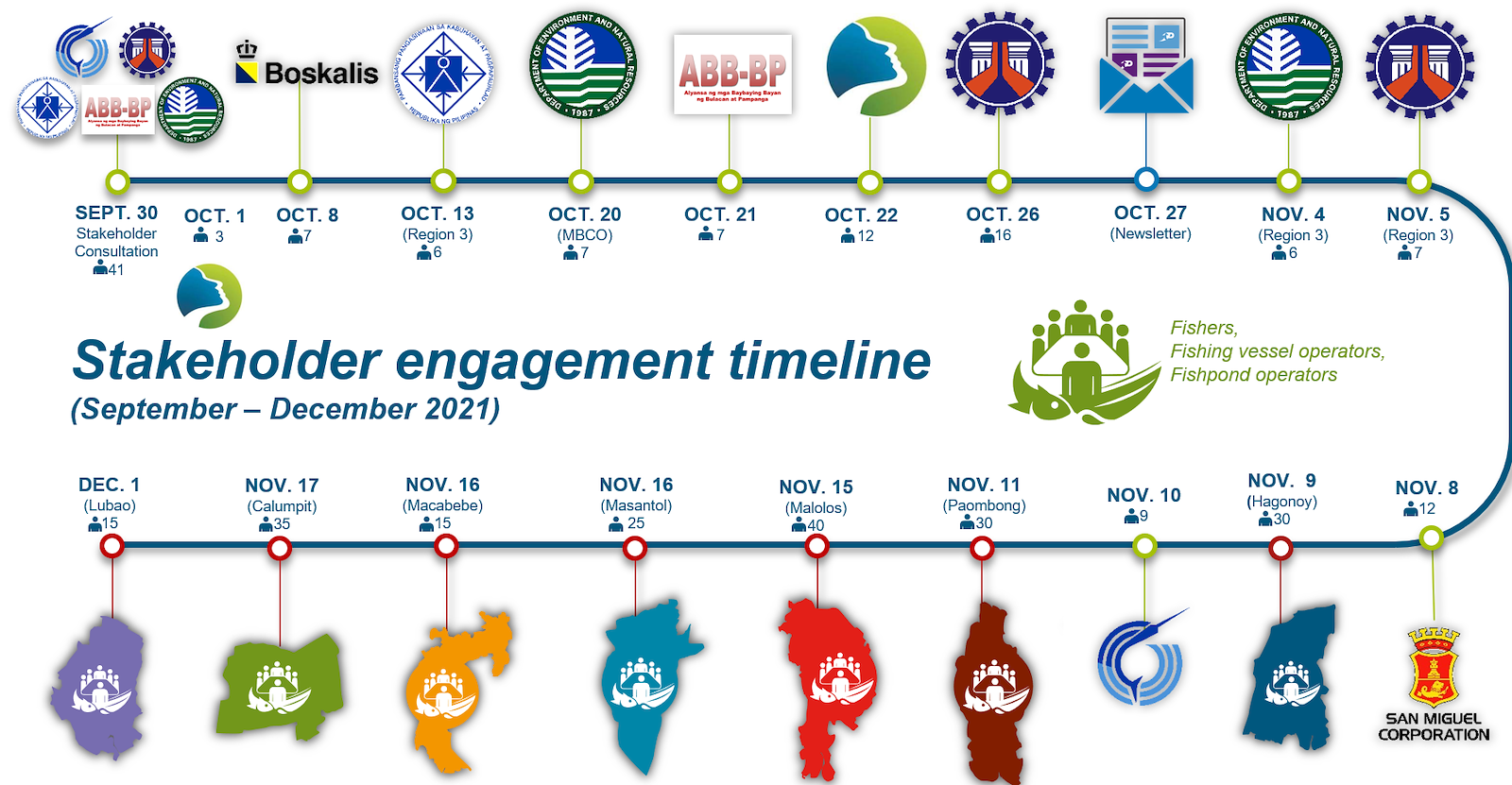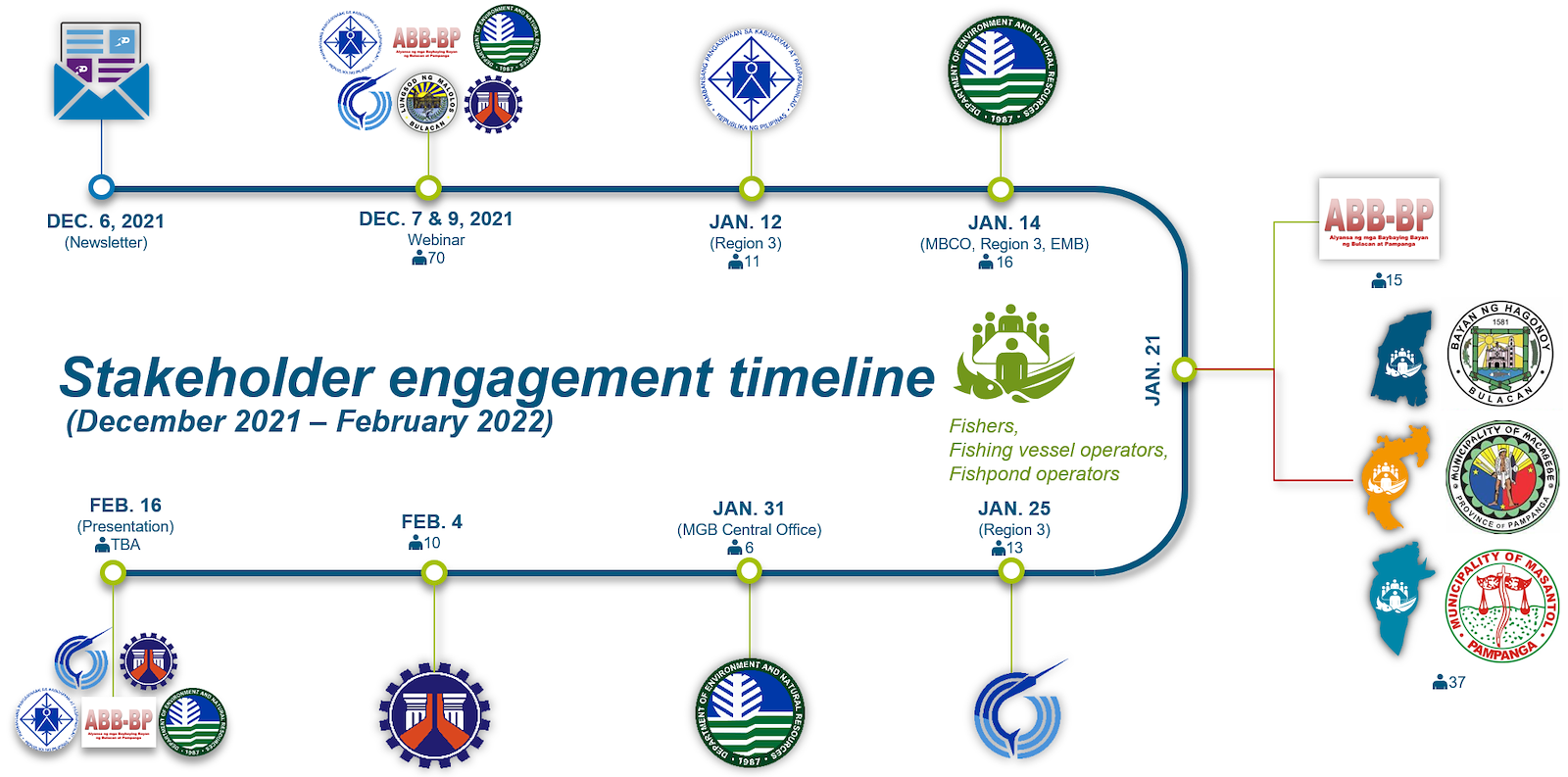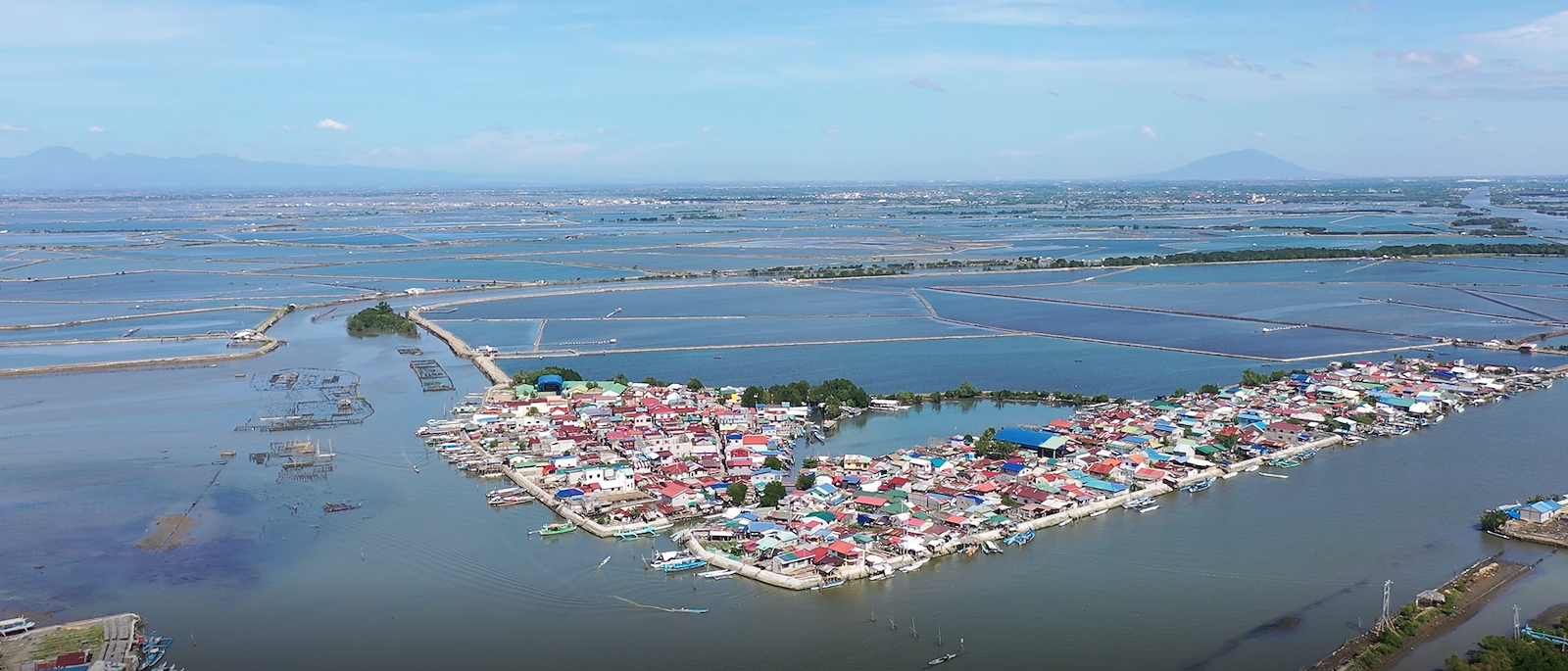
Welcome to the North Manila Bay Flood Protection Strategy iReport!
EXECUTIVE SUMMARY
The North Manila Bay Flood Protection Strategy aims to increase the resilience of people and businesses against flooding in the North Manila Bay area using Nature-based Solutions. The strategy shows that Nature-based Solutions are vital in offering protection from climate change impacts and other flood-related hazards. At the same time, they can provide a transition towards alternate/adaptable livelihoods and habitat restoration. This way, the North Manila Bay Flood Protection Strategy contributes to increasing and restoring the biodiversity in the North Manila Bay area.
This strategy determines ten root causes for the flooding problems in the North Manila Bay area. Important among these are the decline of natural habitat, climate change-induced sea-level rise and land subsidence. By conducting various stakeholder sessions and interviews, these root causes have been confirmed, and applicable Nature-based Solutions have been shaped accordingly. This resulted in a set of twenty possible Nature-based Solutions and “soft-measures” that will positively impact the flood susceptibility of the region if implemented. This strategy acknowledges that there are many parallel and interfacing developments in the area and that coordination and alignment between these developments are fundamental for their individual success.
Combining a wide array of data such as geospatial information, stakeholder interviews and domain knowledge of our experts, the North Manila Bay Flood Protection Strategy identifies proposed priority locations for the implementation of Nature-based Solutions. The priority locations are divided in the inland main population centres (such as Hagonoy), critical infrastructure and smaller population centres closer to Manila Bay. The main population centres will need to be provided sustainable protection due to the predicted population expansion of Metro Manila towards these areas. For the smaller population centres near Manila Bay the strategy provides small scale Nature-based Solutions that help the inhabitants in their resilience against flooding in the short-term. In line with the Manila Bay Sustainable Development Masterplan the aim is to motivate inhabitants to move/relocate more inland. Due to sea-level rise and land subsidence, the area is not suited and sustainable for further urban development.
Given the current institutional setup, it can be concluded that due to resourcing and financial limitations, the Local Government Units cannot implement the national and regional regulations and cannot find the right “route” to source funding. Based on the recommended solutions and technical implementation, the strategy provides an institutional setup for the short-term, which is focused on initializing possible projects through the LGU with support from 3rd parties such as DILG, regional government agencies and the ABB-BP. For the long-term, connection with the Manila Bay Sustainable Development Masterplan is envisioned
Especially in the short-term it is important to implement pilot projects for Nature-based Solutions because they will provide a good example project, which can act as a basis for further implementation of the wider strategy. Besides the strategy for the wider North Manila Bay area, this strategy also provides two concepts for pilot implementations; restoring a part of the sediment accretion in the Pampanga river mouth and Nature-based “green” embankments.
The North Manila Bay Flood Protection Strategy shows that the time to act on flood-related problems for the area is now. If no substantial change is made in the manner in which flood protection is provided, inhabitants of the area will be increasingly exposed to worse flooding, and natural habitats will further decline. Nature-based Solutions bring sustainable solutions for flood protection and at the same time offer opportunities for transforming and adapting livelihood. And moreover, they will restore part of the natural habitat, which used to be one of the Philippines' most important bio diversity areas.

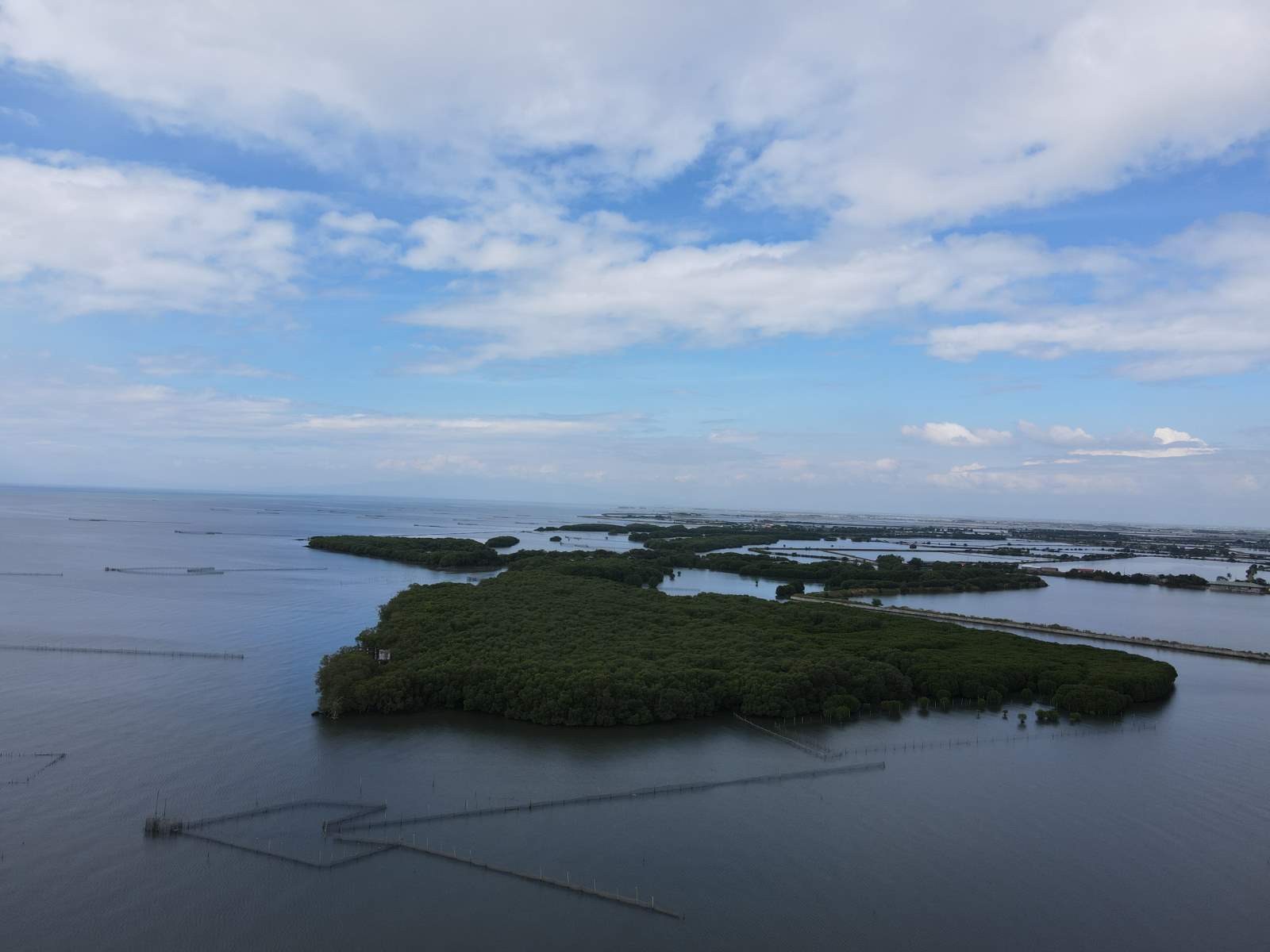
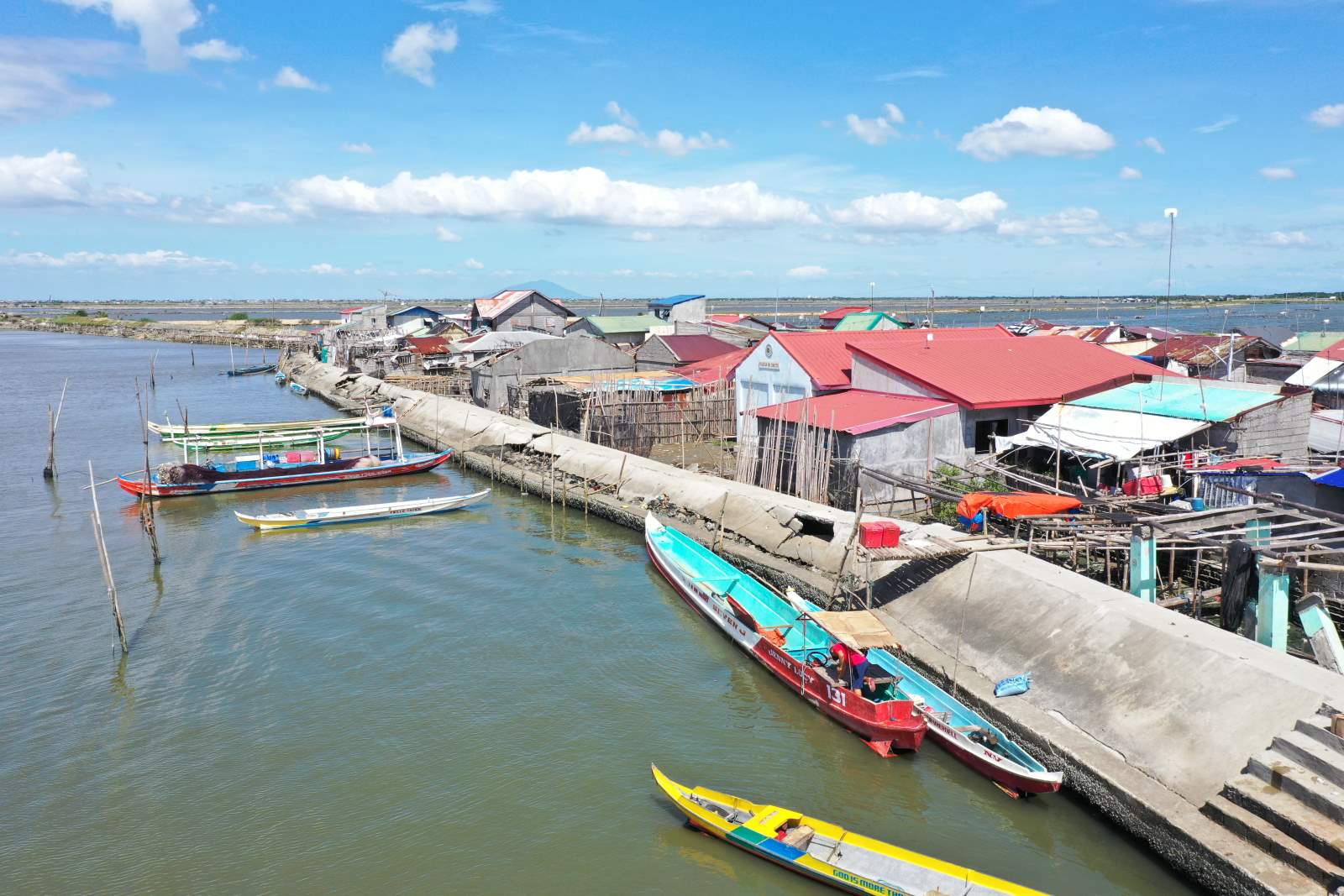
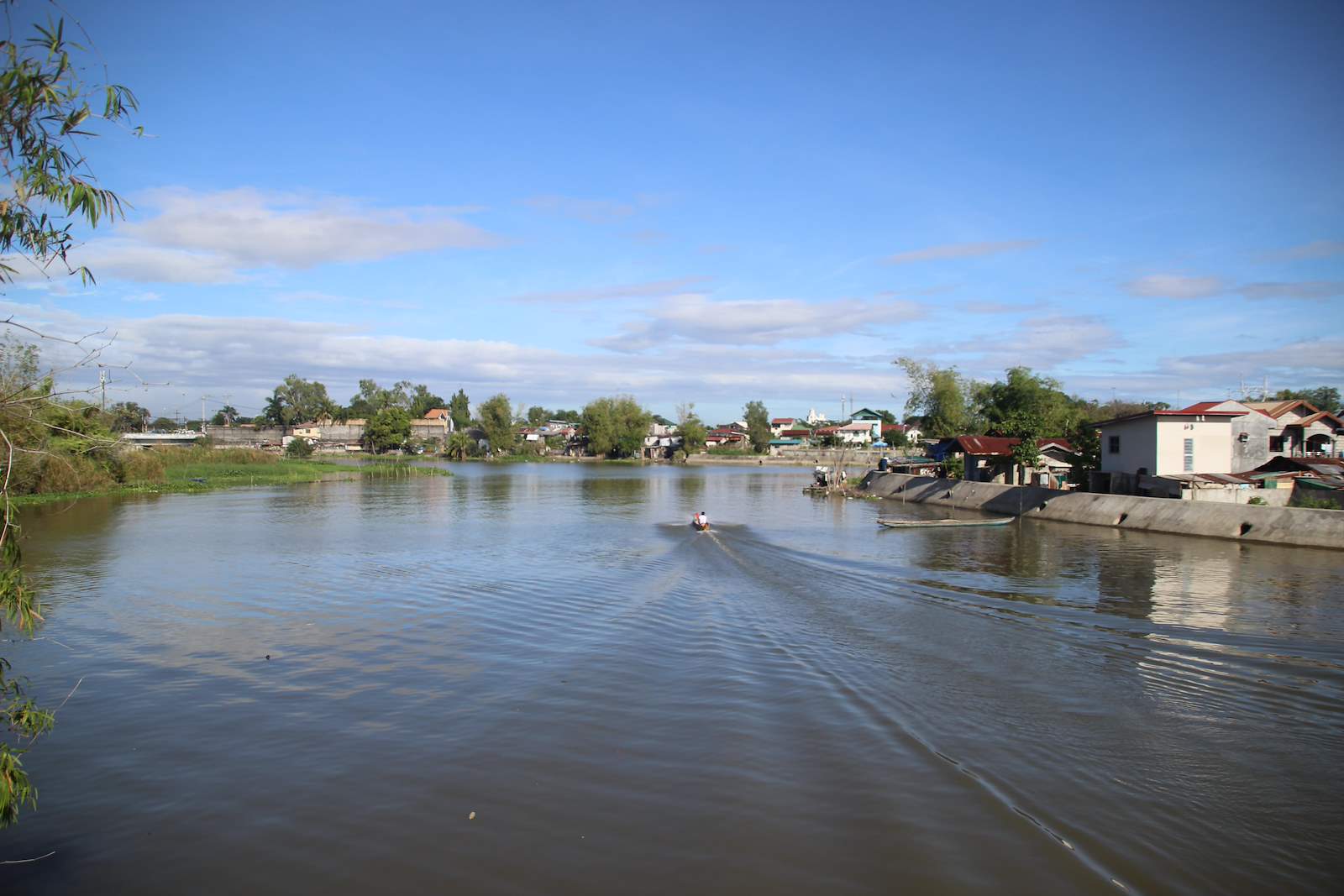
Project Scope & Root Causes
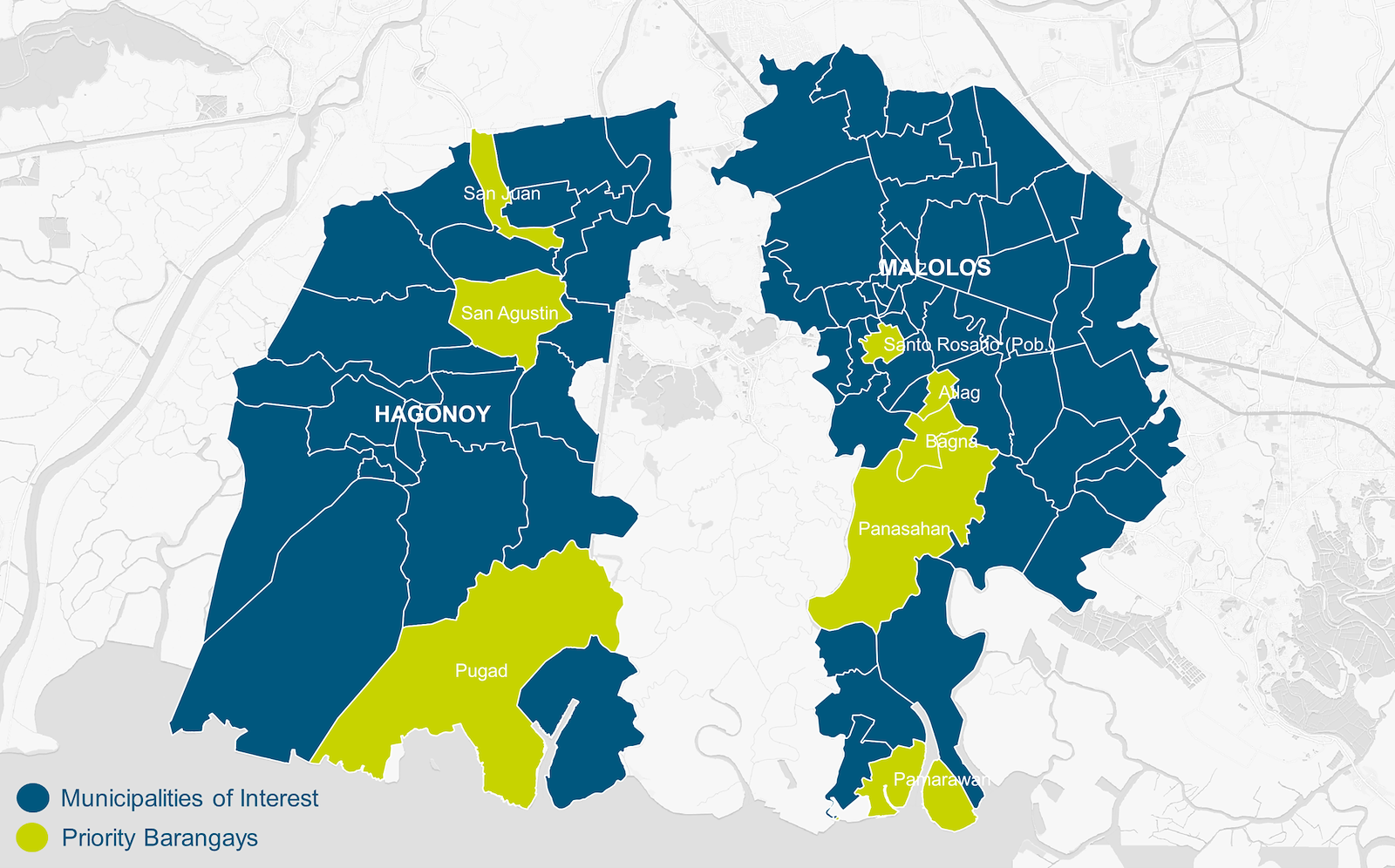
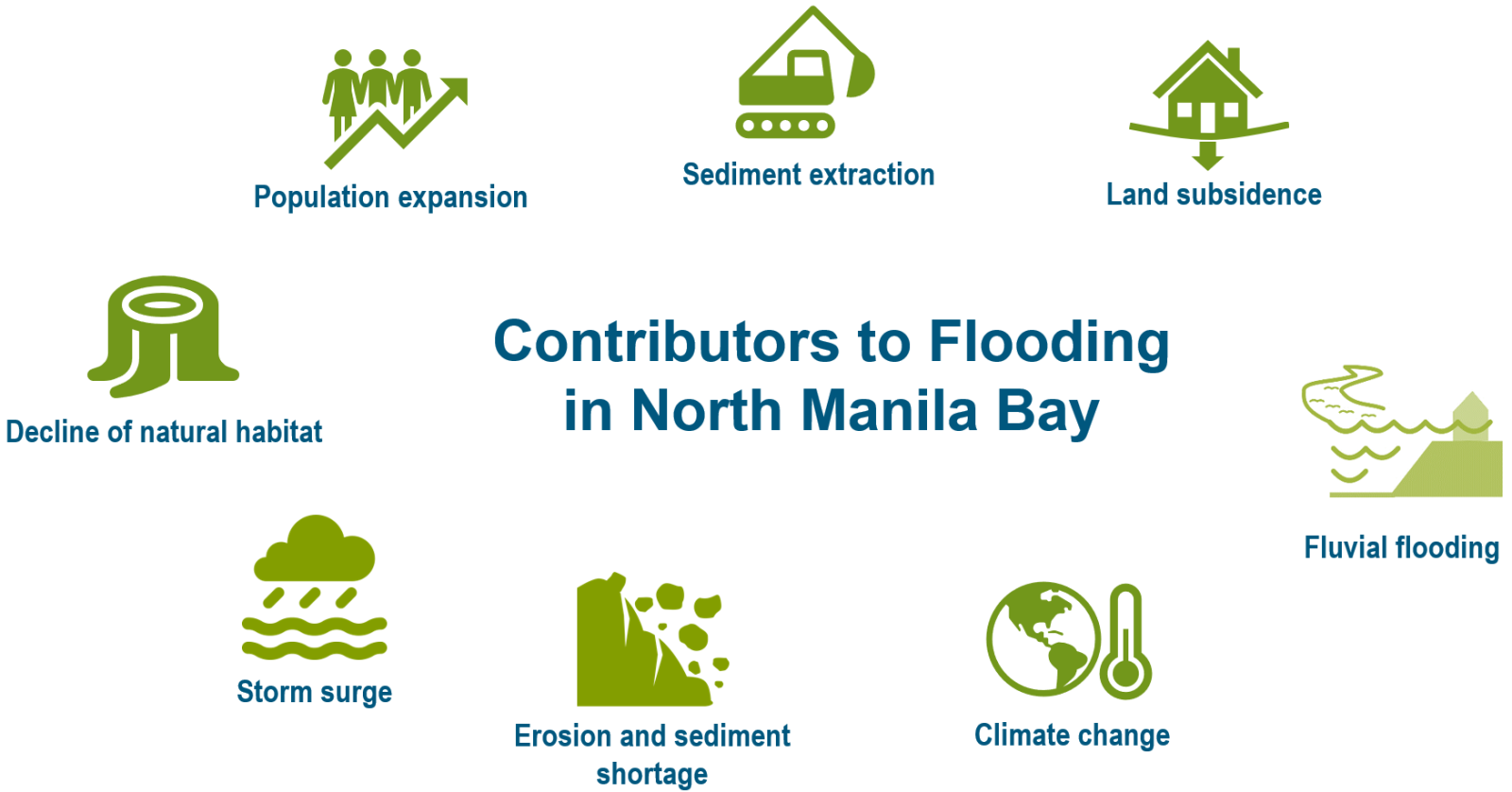
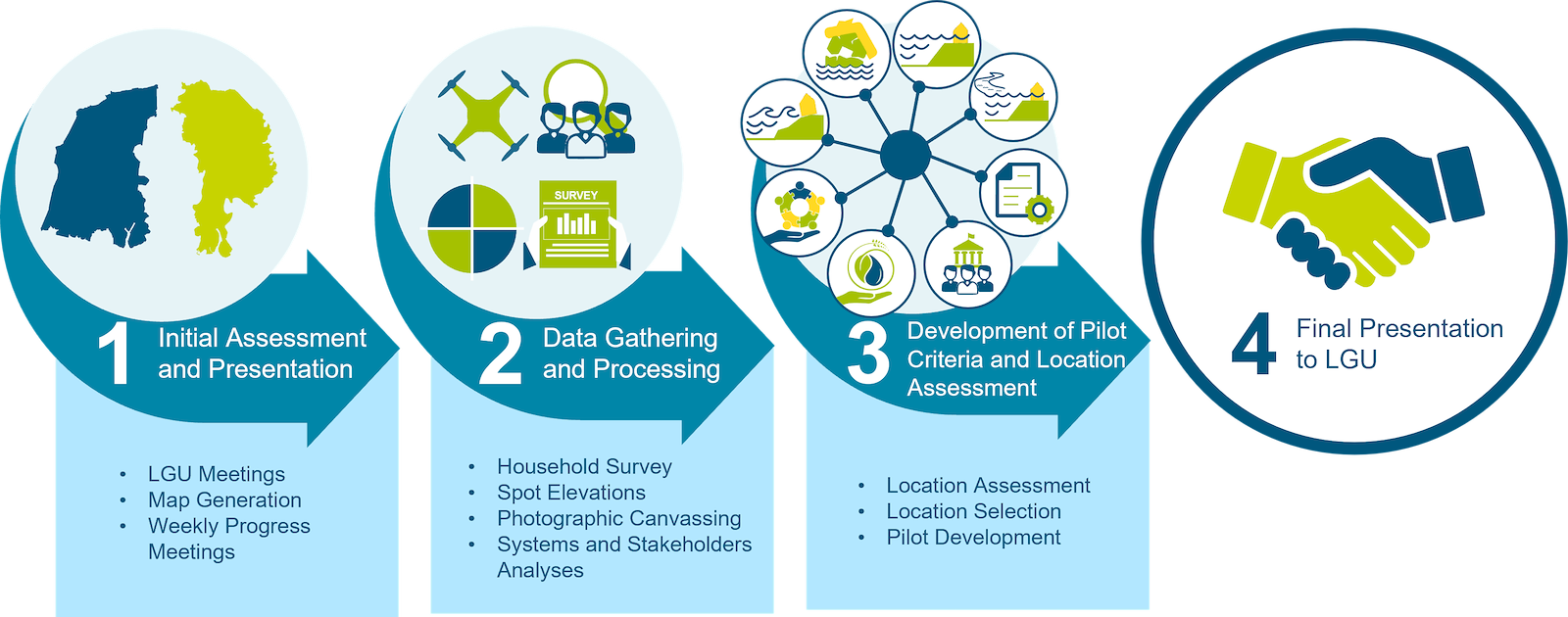
The physical scope of the strategy is focussed on the area surrounding and south of the coastal line of defence in the Provinces of Bulacan and Pampanga. The strategy also provides Nature-based Solutions (NbS) north of the coastline of defence to reduce fluvial flooding. It identifies Nature-based Solutions that can be implemented along the coastal line of defence, and it provides a wide array of Nature-based Solutions to protect the people who live outside of the coastline of defence, in the North Manila Bay area.
This North Manila Bay Flood Protection Strategy’s foundation is a root cause analysis into the flooding problems. The root causes or major contributors for flooding are presented on the left image.
To ensure ratio- and evidenced-based planning of NbS options for the pilot locations, the Royal HaskoningDHV has undergone a four-task based approach:
-
Task 1: Initial Assessment and Presentation
-
Task 2: Data Gathering and Processing
-
Task 3: Development of pilot criteria and local assessment
-
Task 4: Final presentation to LGU
Stakeholder and Institutional Set-up

The stakeholder engagement of this strategy aims to engage the stakeholders in a meaningful way, considering their aspirations, sentiments, and recommendations at different project stages. It is based on the belief that people and entities affected by the North Manila Bay Flood Protection Strategy have a right to be involved in the decision-making process. By recognizing, communicating, and reflecting the interests and needs of the different stakeholders, sustainable decisions may be ensured. A total of approximately 50 meetings/workshops were held to collect input and opinions spread over 20 different stakeholders. The results showed a complex situation for the North Manila Bay Delta in which large-scale economic developments and ongoing cultivation of lands pressure the restoration options and protection of natural habitats and ecosystems. However, there also is widespread understanding and willingness to act now on flood protection and habitat restoration to prevent more disasters in the future.
Received information from the concerned barangay LGUs, city LGU of Malolos, provincial LGU, and the DPWH were gathered as part of this project. In particular, the existing Comprehensive Land Use Plans (CLUPs), Annual Investment Plans (AIPs). Additionally, household interviews and site visit ocular surveys were held and the data was analysed. The combination of these data sets, results in a deeper understanding of the site-specific conditions of the chosen locations and better recognize and justify the most appropriate Nature-based Solutions for the pilot locations and will help to monitor the success of the pilots.
Choose between interactive (not accessible) or textual view for timeline.
Provincial Government of Bulacan and the Office of the 1st District of Bulacan
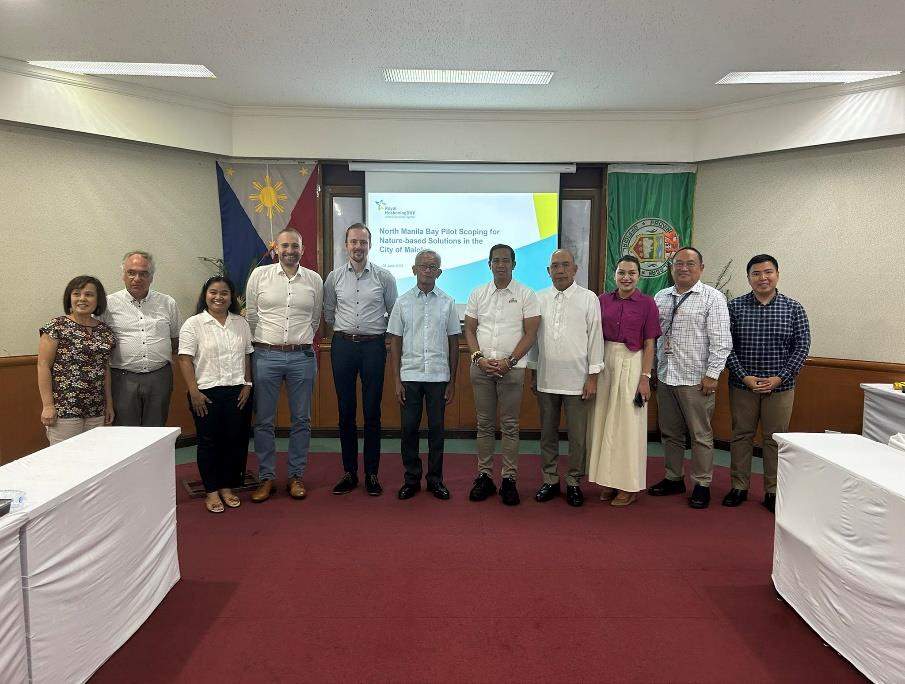
Daniel Fernando and 1st District Representative Danilo Domingo welcomes the implementation of NbS for flood management in Bulacan. Both noted for the pilot scoping’s success as an evidence of NbS practicality.
Workshop Site Visit and MOU Signing
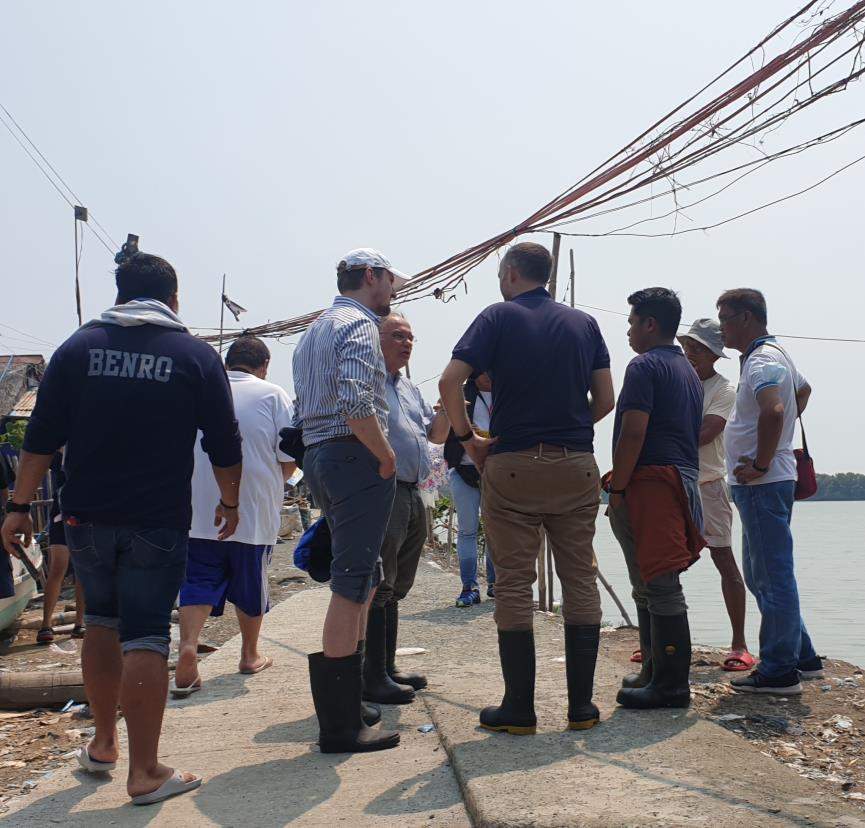
City of Malolos Mayor Natividad expressed his full support and enthusiasm highlighting the city's potential to set an example for future NbS initiatives across the nation. As the first NbS pilot in the country, the City of Malolos aims to showcase innovative approaches to sustainable development and climate resilience.
Site visit was also conducted to complement the existing and proposed projects of the DPWH and the municipal government
Presentation with the City LGU of Malolos
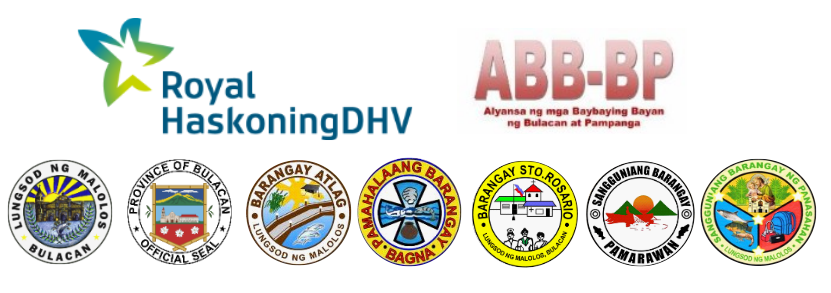
Representatives from RHDHV, city LGU of Malolos, and ABB-BP convened to discuss the technical and financial details of the conceptual designs of the NbS options.
Site visit with TU Delft students
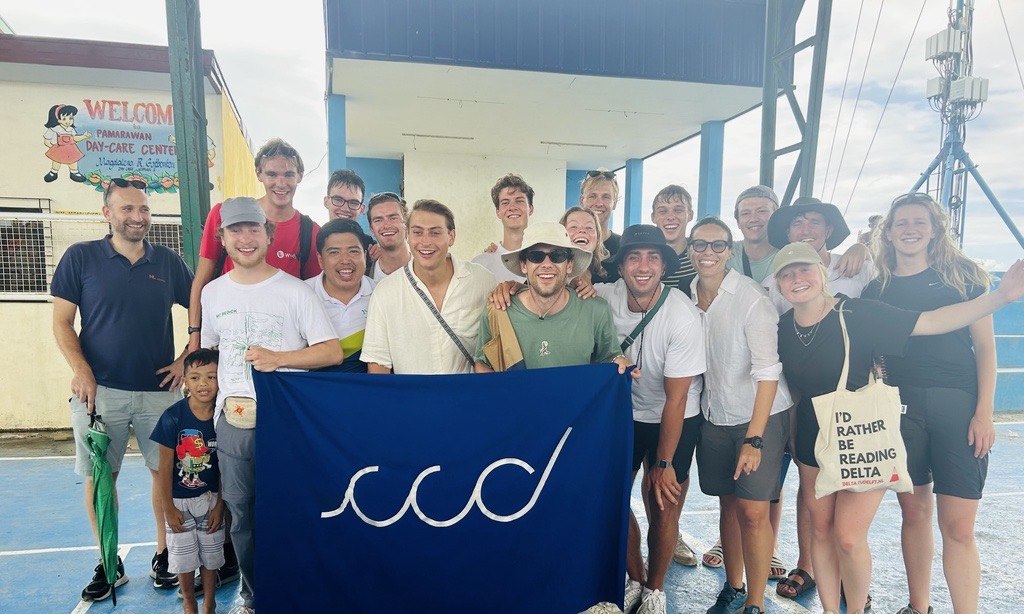
TU Delft delegation visited Isla Pamarawan where pilot NbS options are being proposed by RHDHV for the stakeholders' implementation to address the perennial issue of coastal flooding.
Final Presentation with the City LGU of Malolos
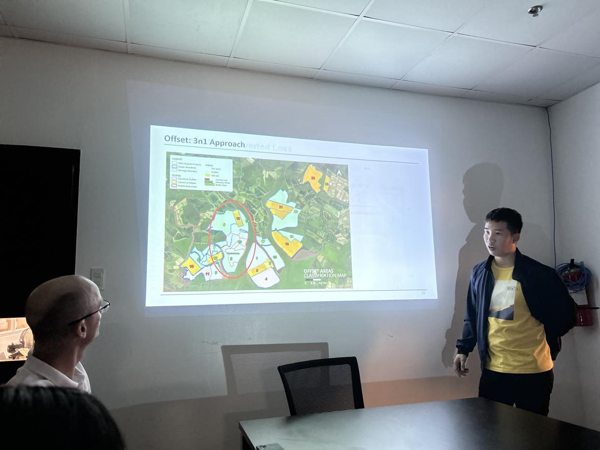
Complemented the SMC presentation, which focused on the environmental implications of implementing the Bulacan airport project to the City of Malolos
Final Meeting with the City LGU of Malolos, ABB-BP and the EKN
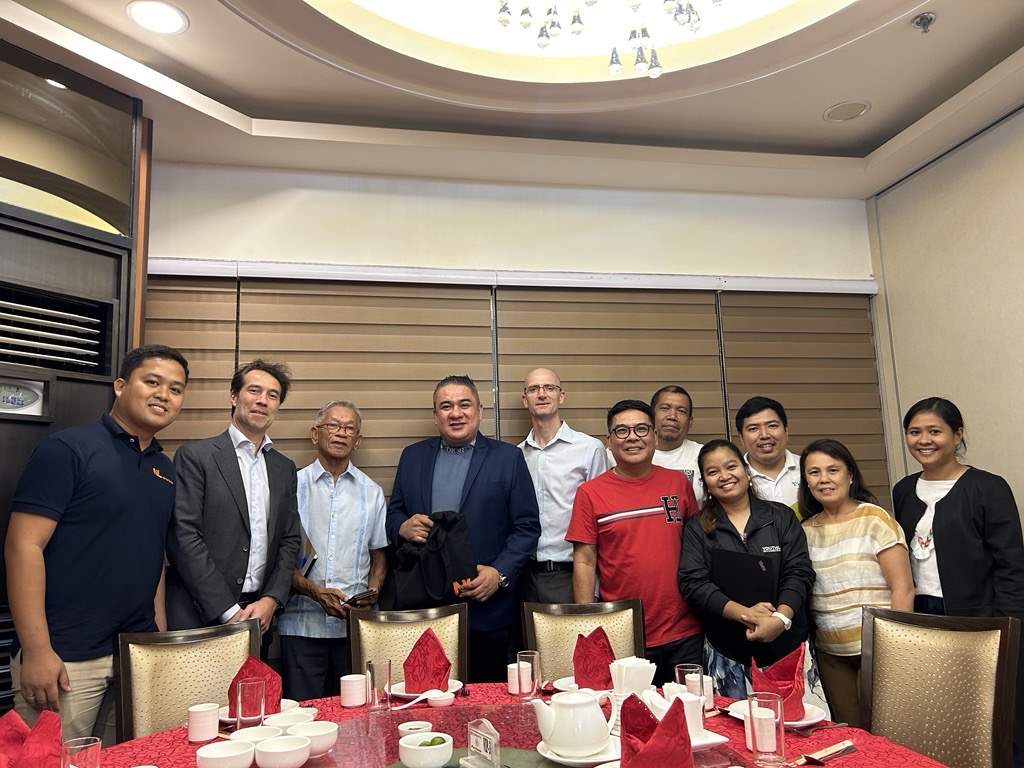
Mayor Christian D. Natividad agreed to include budget line items in October 2023, and allocate local funding in relation to the implementation of the proposed NbS options in the pilot locations starting January 2024. Mayor Natividad approved the proposed NbS solutions for Brgys. Bagna-Panasahan and Pamarawan including the upper band conceptual budget estimate to implement the proposed NbS.
Household Survey Results from Site Visit
The interactive content below might not be fully accessible.

Site Visit Highlights
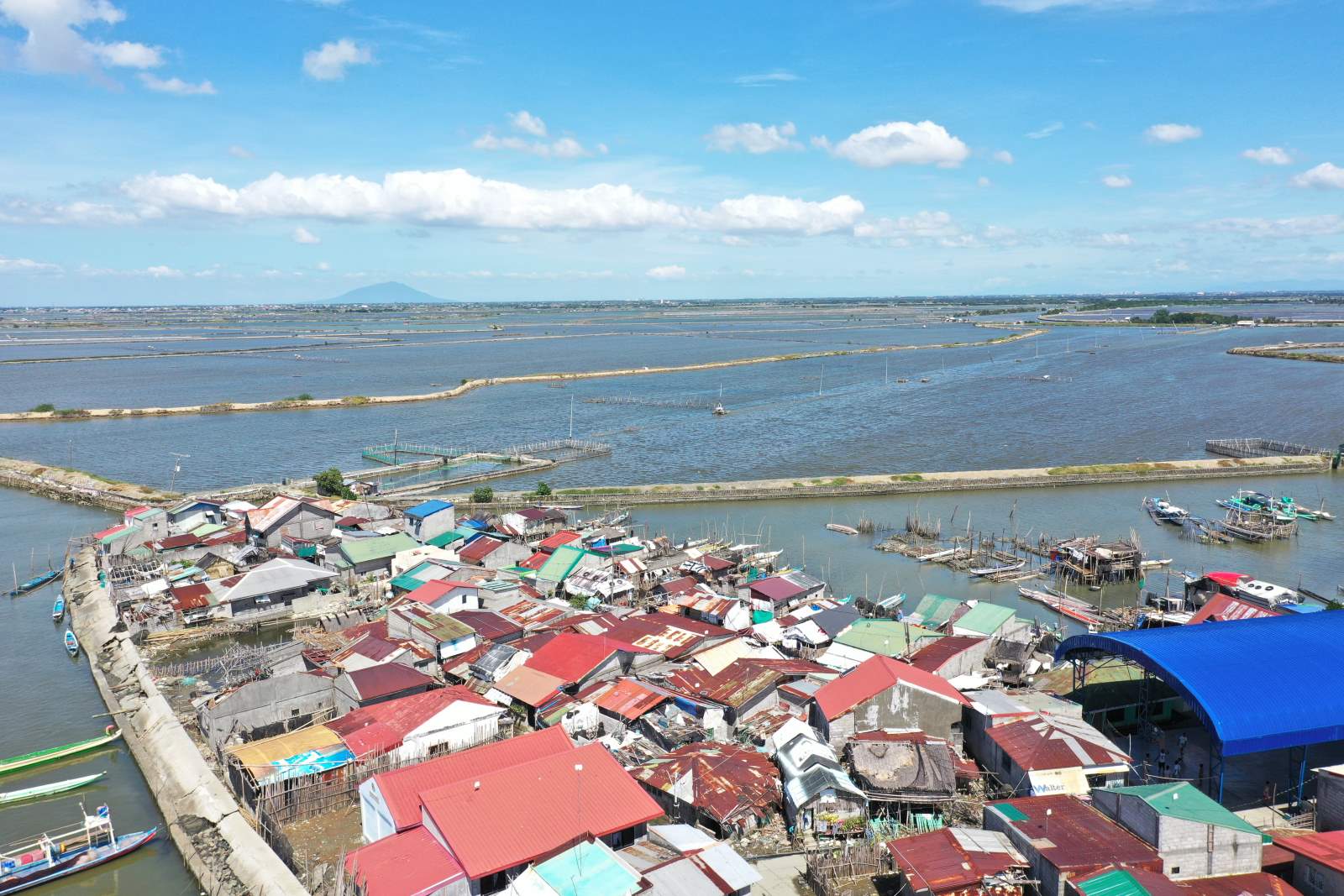
Hagonoy, Bulacan - Barangay Pugad

Hagonoy, Bulacan - Barangay Tibaguin
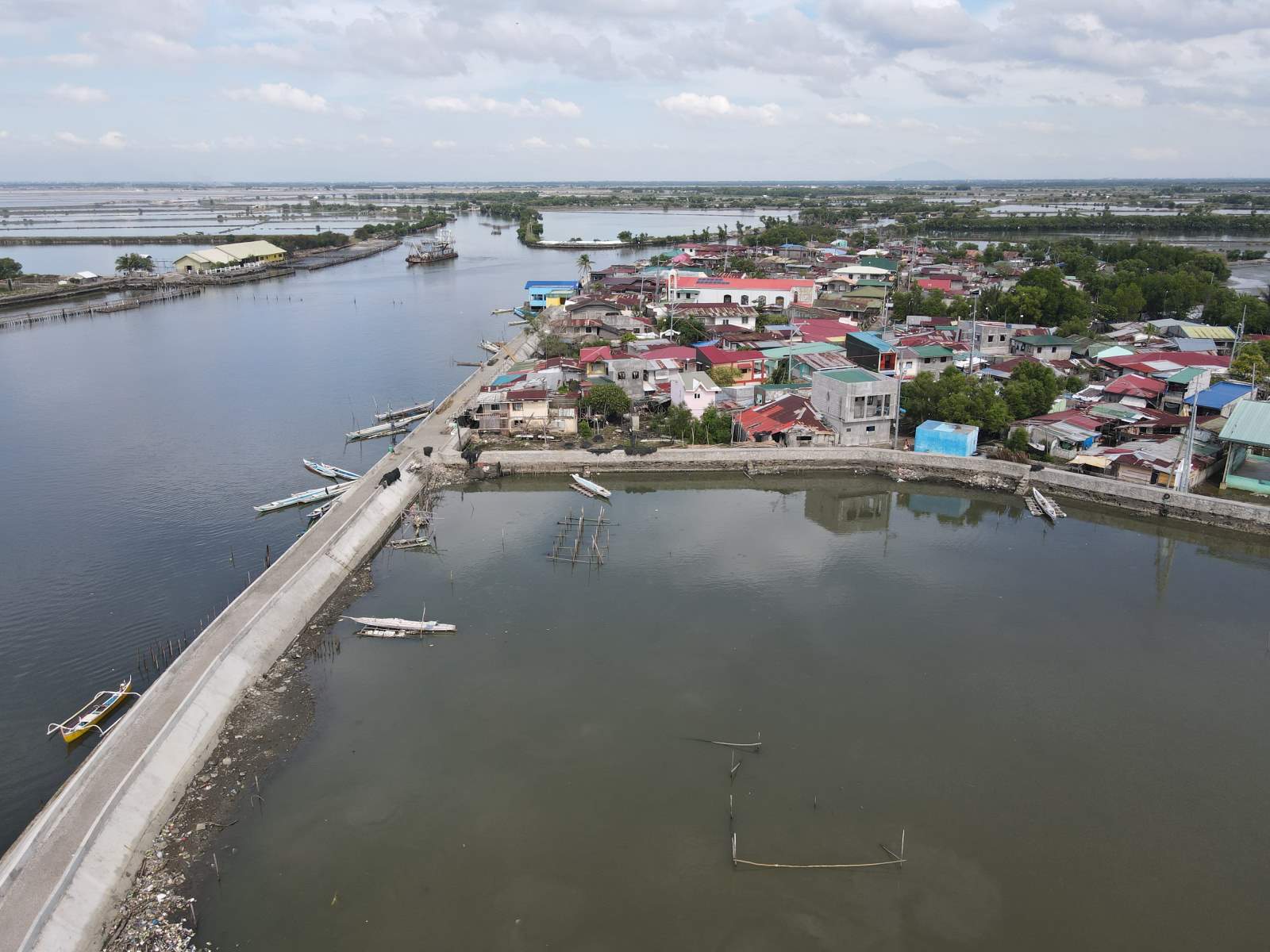
Paombong, Bulacan - Barangay Sta. Cruz

Malolos, Bulacan - Barangay Pamawaran
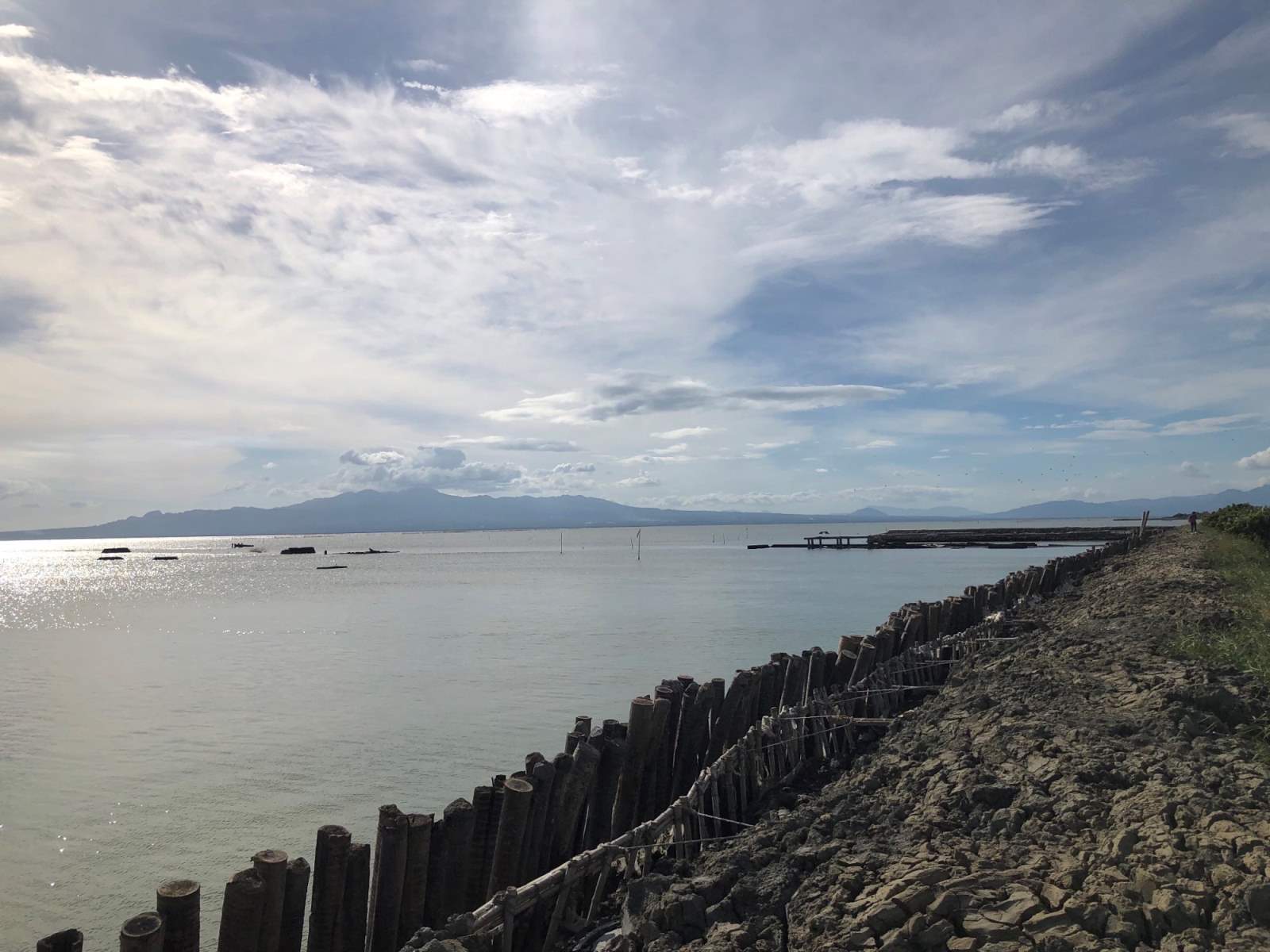
Macabebe, Pampanga
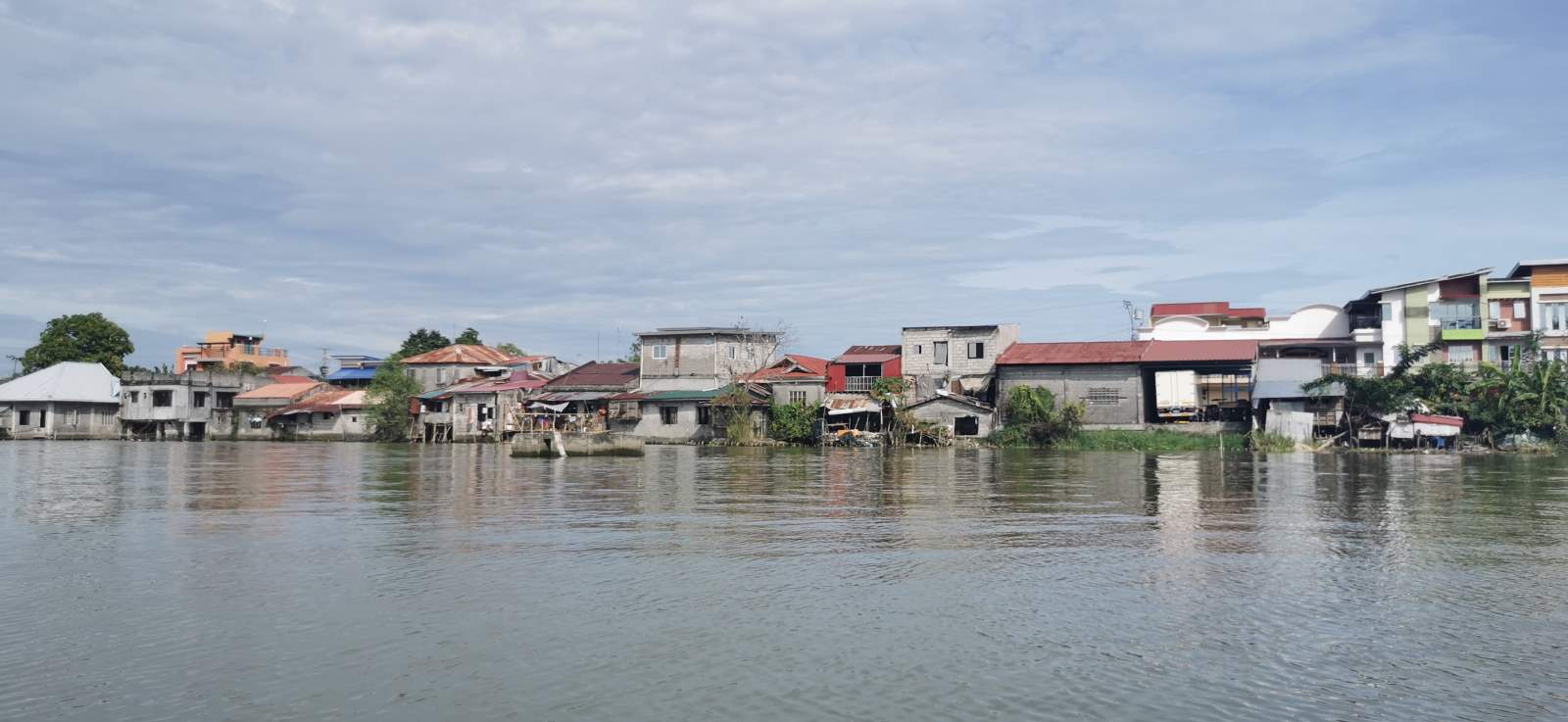
Masantol, Pampanga
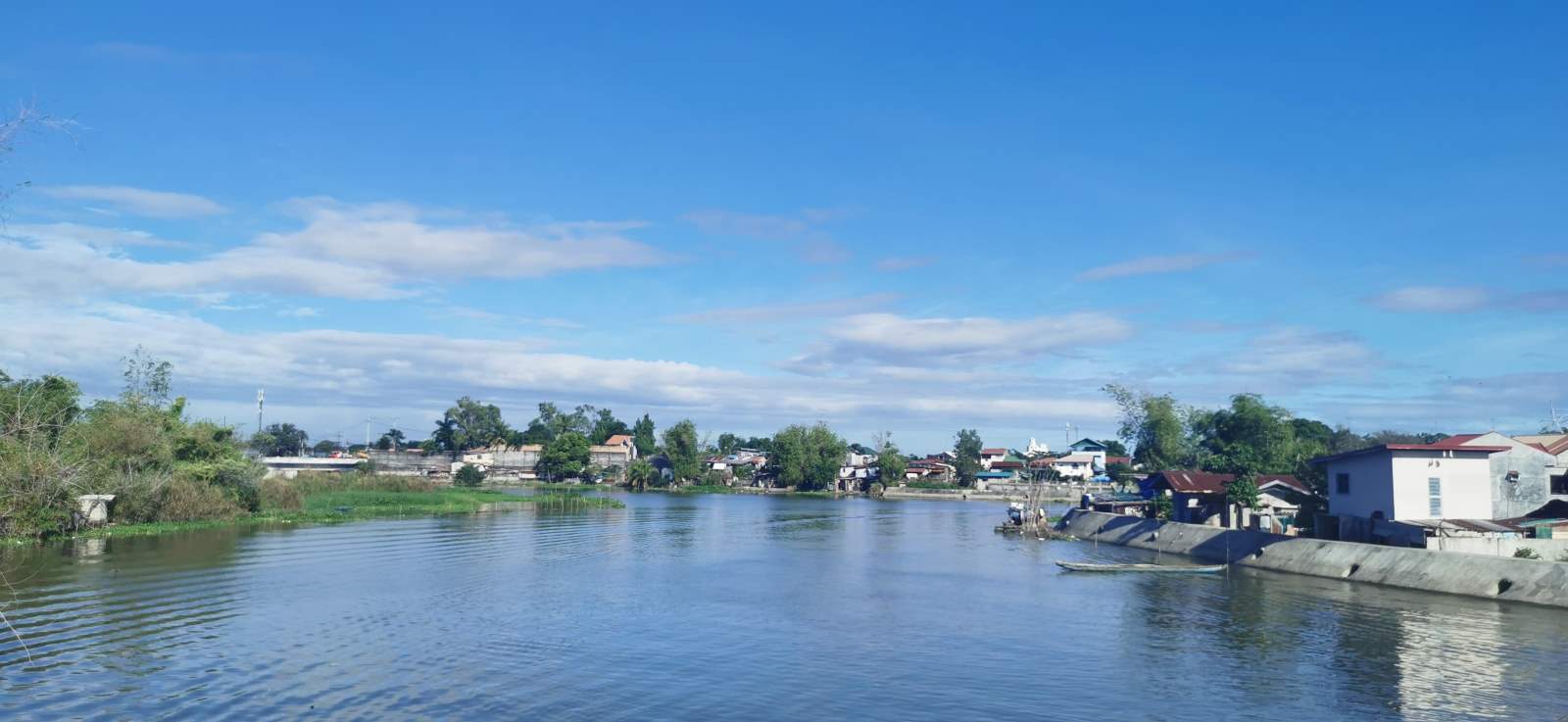
Calumpit, Bulacan
Location Assessment
The interactive content below might not be fully accessible.
Pilot Location
The interactive content below might not be fully accessible.
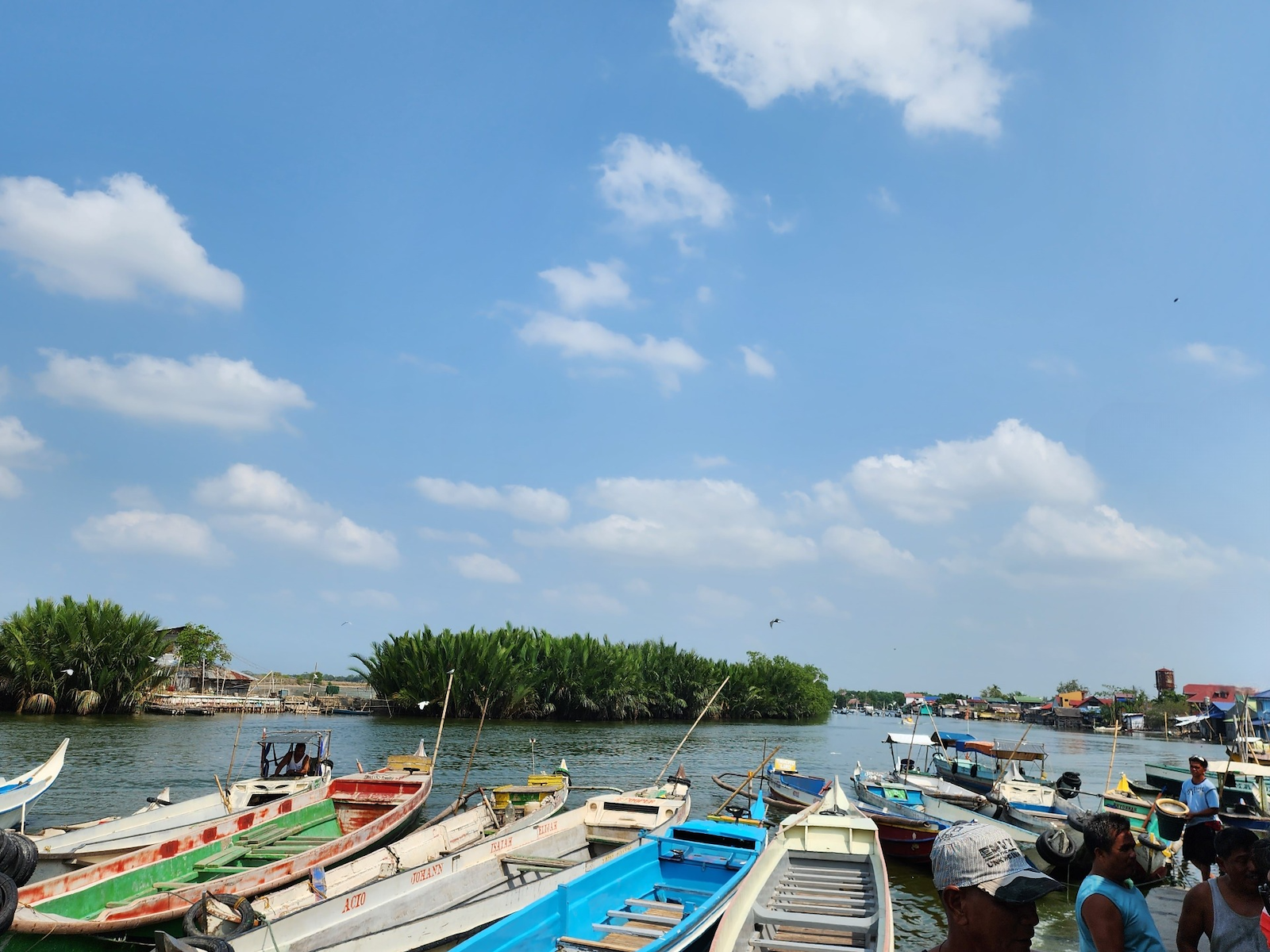
Brgys. Bagna/Panasahan
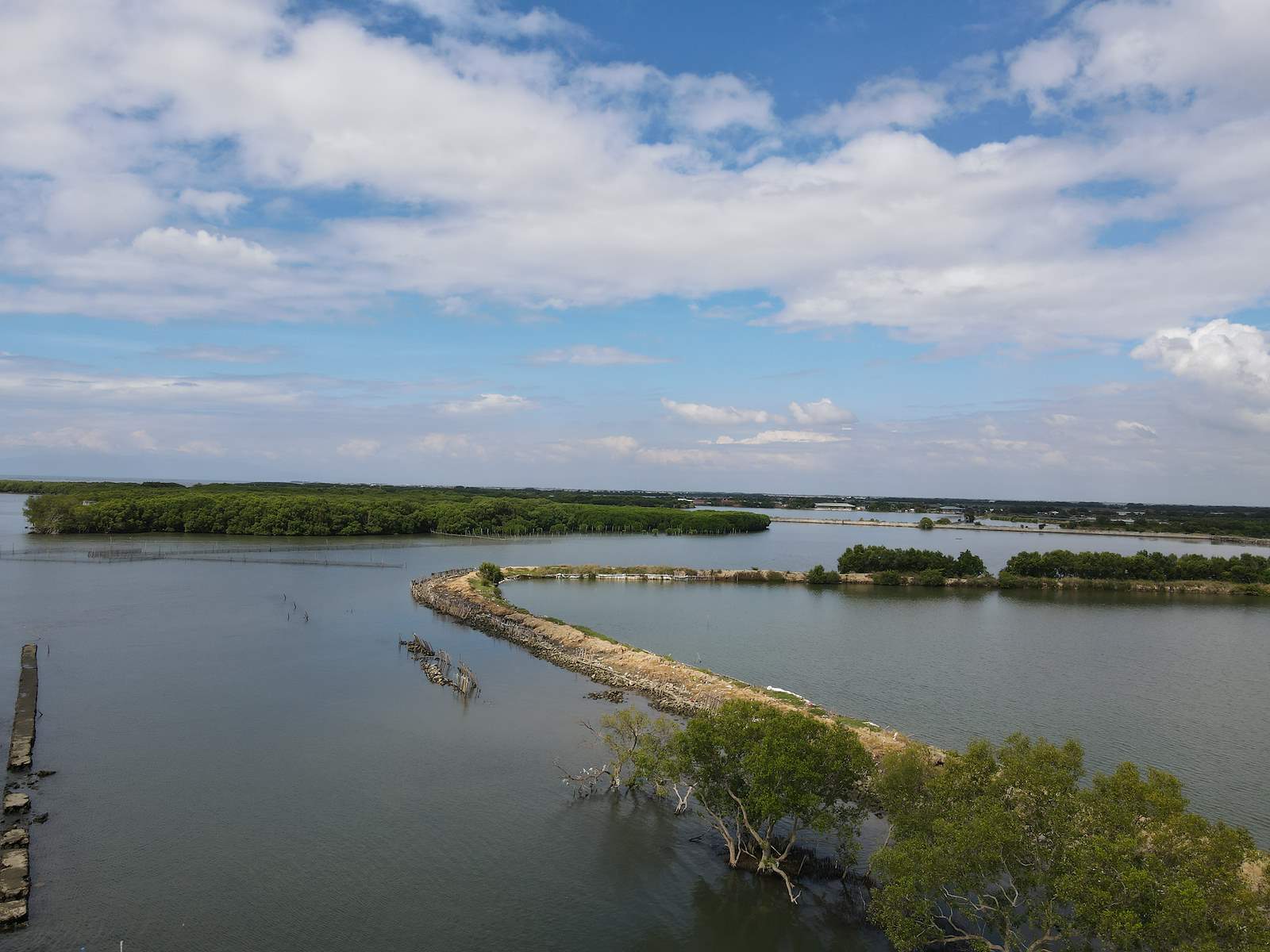
Brgy. Pamarawan
It has been identified by the Netherlands Enterprise Agency that pilots projects are needed to promote and show the feasibility of Nature-based Solutions. The North Manila Bay Flood Protection Strategy identifies pilot locations as an opportunity to serve as a catalyst for implementing the strategy and Nature-based Solutions in the Philippines as a whole. Two pilot locations have been identified.
